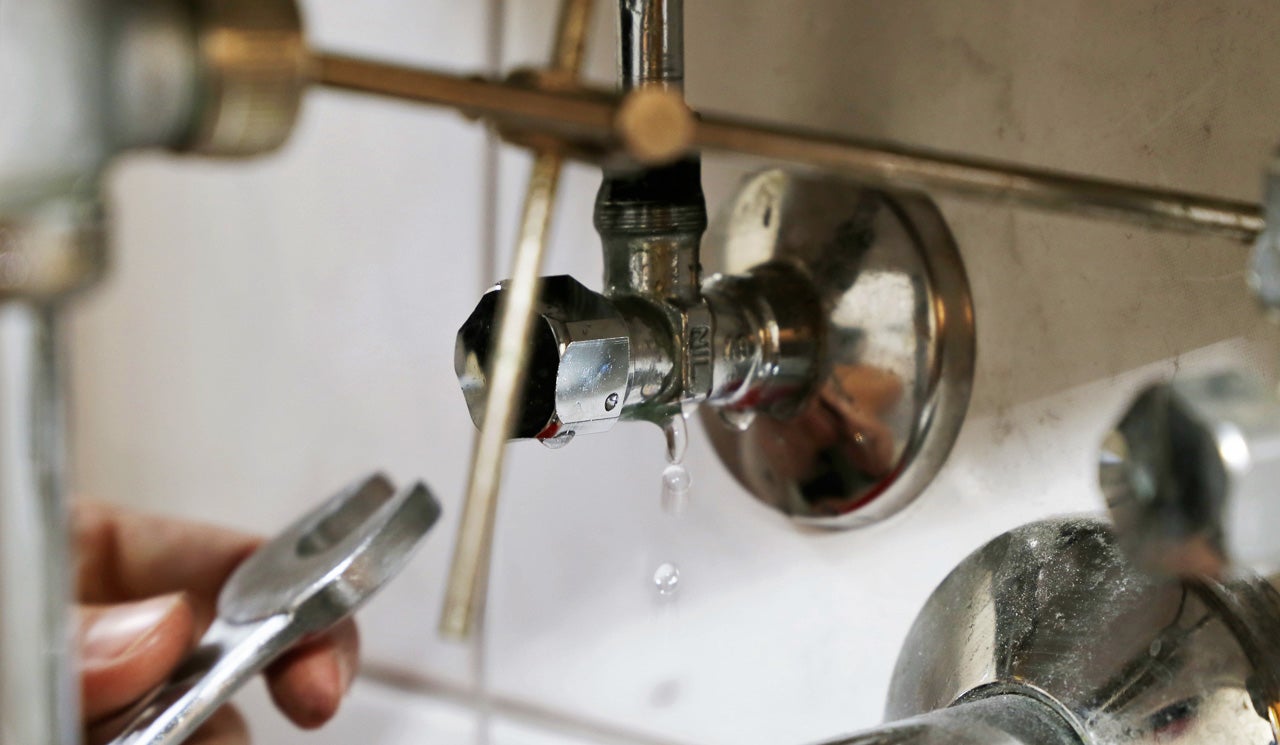Do you find yourself trying to locate advise on Top leak detection hacks?

Early discovery of dripping water lines can minimize a potential disaster. Some small water leaks may not be visible.
1. Take A Look At the Water Meter
Every home has a water meter. Examining it is a surefire way that helps you uncover leakages. For beginners, switch off all the water resources. Make certain no person will certainly purge, make use of the tap, shower, run the cleaning machine or dishwasher. From there, go to the meter and also watch if it will certainly transform. Considering that nobody is using it, there ought to be no motions. That indicates a fast-moving leak if it relocates. If you discover no modifications, wait an hour or 2 and also examine back once again. This implies you may have a slow leak that can also be underground.
2. Examine Water Usage
If you spot abrupt changes, regardless of your usage being the very same, it indicates that you have leaks in your plumbing system. A sudden spike in your costs indicates a fast-moving leakage.
A stable rise every month, even with the exact same behaviors, shows you have a slow-moving leak that's likewise gradually escalating. Call a plumber to completely check your residential property, especially if you feel a cozy location on your flooring with piping underneath.
3. Do a Food Coloring Examination
30% comes from toilets when it comes to water usage. Examination to see if they are running properly. Decrease flecks of food shade in the tank and also wait 10 minutes. There's a leak between the storage tank and also dish if the color somehow infiltrates your dish during that time without flushing.
4. Asses Outside Lines
Don't fail to remember to check your outdoor water lines too. Should water permeate out of the link, you have a loose rubber gasket. One little leakage can lose heaps of water as well as surge your water bill.
5. Examine the situation and evaluate
Home owners need to make it a routine to examine under the sink counters and also even inside cabinets for any kind of bad odor or mold and mildew growth. These 2 warnings show a leakage so punctual attention is needed. Doing regular assessments, even bi-annually, can save you from a major issue.
If you understand your house is currently old, keep a careful eye on your heaters, pipes, pipelines etc. Look for discolorations and also deteriorating as the majority of pipelines and appliances have a life expectancy. They will additionally normally degrade because of deterioration. If you suspect dripping water lines in your plumbing system, do not await it to intensify. Call an expert plumber immediately so you don't end up with a horrible mess in your house.
Early detection of leaking water lines can minimize a possible calamity. Some tiny water leakages may not be noticeable. Inspecting it is a guaranteed way that helps you discover leakages. One small leak can waste lots of water as well as spike your water expense.
If you think leaking water lines in your plumbing system, don't wait for it to rise.
WARNING SIGNS OF WATER LEAKAGE BEHIND THE WALL
PERSISTENT MUSTY ODORS
As water slowly drips from a leaky pipe inside the wall, flooring and sheetrock stay damp and develop an odor similar to wet cardboard. It generates a musty smell that can help you find hidden leaks.
MOLD IN UNUSUAL AREAS
Mold usually grows in wet areas like kitchens, baths and laundry rooms. If you spot the stuff on walls or baseboards in other rooms of the house, it’s a good indicator of undetected water leaks.
STAINS THAT GROW
When mold thrives around a leaky pipe, it sometimes takes hold on the inside surface of the affected wall. A growing stain on otherwise clean sheetrock is often your sign of a hidden plumbing problem.
PEELING OR BUBBLING WALLPAPER / PAINT
This clue is easy to miss in rooms that don’t get much use. When you see wallpaper separating along seams or paint bubbling or flaking off the wall, blame sheetrock that stays wet because of an undetected leak.
BUCKLED CEILINGS AND STAINED FLOORS
If ceilings or floors in bathrooms, kitchens or laundry areas develop structural problems, don’t rule out constant damp inside the walls. Wet sheetrock can affect adjacent framing, flooring and ceilings.
https://www.servicemasterbyzaba.com/blog/how-to-detect-water-leakage-in-walls/

I was introduced to that editorial about Hacks to detect leaks from an associate on a different web property. Are you aware of another individual who is interested by the niche? Please feel free to share it. Thanks for your time. Come back soon.